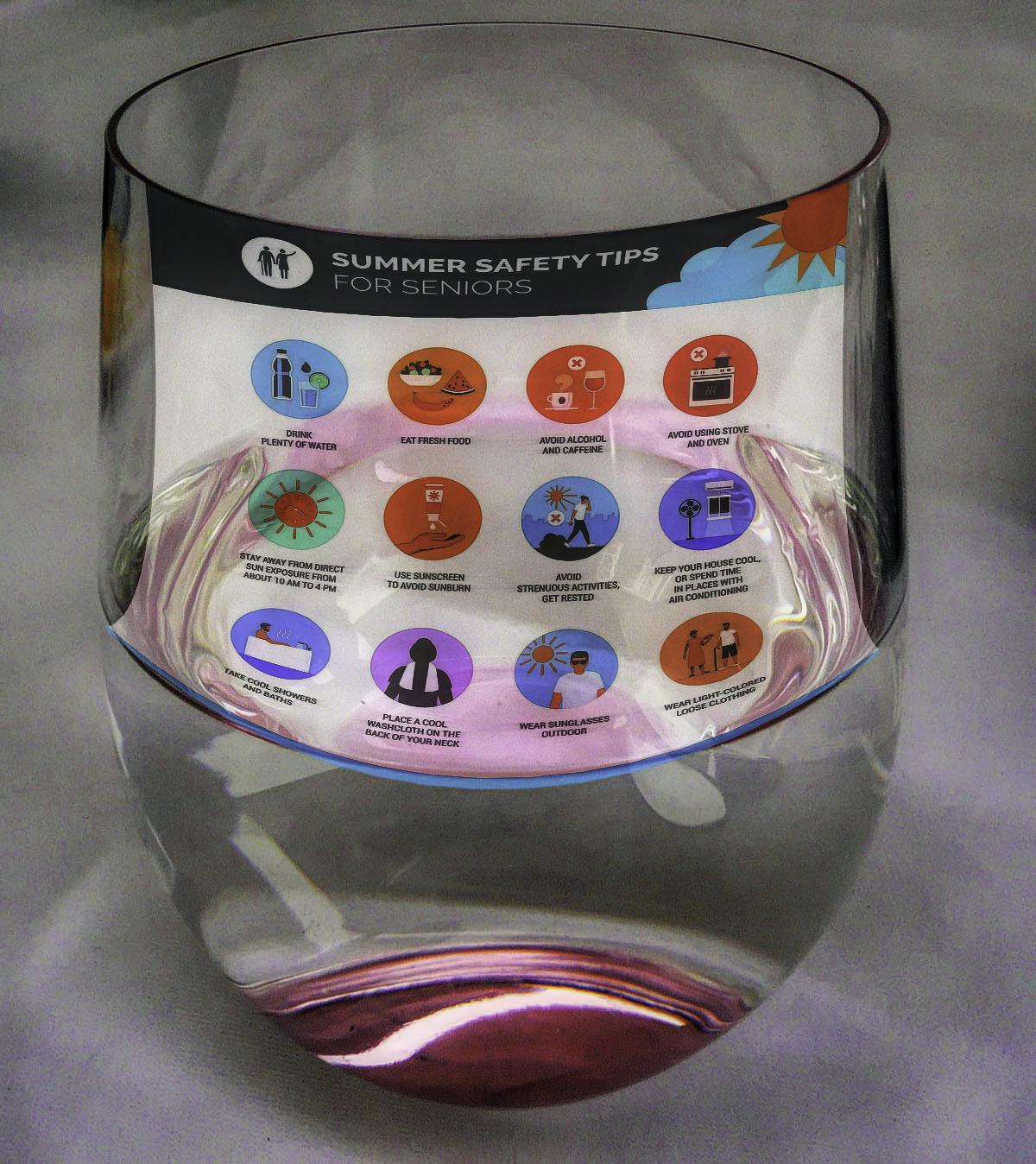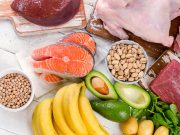As we journey through the golden years, maintaining optimal health becomes a cherished priority, yet some challenges, like dehydration, can easily slip under the radar. Dehydration in seniors is a common concern that often goes unnoticed until it becomes a significant health issue. It can lead to a myriad of complications, from mild discomfort to serious medical conditions. Understanding the unique needs of our aging bodies is crucial in safeguarding against this silent threat. In this article, we will explore practical and compassionate strategies to help prevent dehydration in seniors, ensuring that they remain healthy, vibrant, and fully engaged in the activities they love. By taking proactive steps, we can help our loved ones and ourselves stay well-hydrated and enjoy a better quality of life.
Understanding the Unique Hydration Needs of Seniors
As we age, our bodies undergo numerous changes that affect how we maintain hydration. Understanding these changes is crucial in ensuring seniors remain healthy and well-hydrated. Older adults often experience a reduced sense of thirst, which can lead to inadequate fluid intake. Moreover, certain medications and chronic conditions can further complicate their hydration status.
- Monitor Fluid Intake: Encourage seniors to drink fluids regularly throughout the day, even if they do not feel thirsty.
- Incorporate Hydrating Foods: Foods with high water content like watermelon, cucumbers, and soups can be a delightful way to boost hydration.
- Set Reminders: Use alarms or phone notifications to remind seniors to drink water at regular intervals.
| Age Group | Recommended Daily Fluid Intake |
|---|---|
| 65-75 years | 1.7-2.0 liters |
| 75+ years | 1.5-1.7 liters |
Providing easy access to water and other beverages is also essential. Consider placing water bottles in common areas, and remind them gently but consistently. Additionally, tailoring the approach to individual preferences and needs, such as offering flavored water or herbal teas, can make hydration more appealing and enjoyable for seniors.

Recognizing Early Signs and Symptoms of Dehydration
Understanding the subtle cues of dehydration is crucial, especially for seniors who may not always recognize or express their needs clearly. Early signs can often be masked by other conditions, making vigilance essential. Keep an eye out for symptoms such as:
- Dry mouth and throat: A persistent feeling of dryness can be one of the first indicators.
- Fatigue: Unexplained tiredness or lethargy may suggest that the body is not receiving enough fluids.
- Dizziness or confusion: These symptoms can be mistaken for other health issues but are often linked to insufficient hydration.
- Dark-colored urine: This is a reliable sign that the body needs more water.
It’s also helpful to monitor physical changes over time. Seniors might experience a decrease in skin elasticity, where skin takes longer to return to normal after being pinched. Incorporating regular checks into daily routines can aid in early detection. Below is a quick reference table that outlines these signs and their implications:
| Symptom | Possible Implication |
|---|---|
| Dry mouth | Initial stage of dehydration |
| Fatigue | Body energy conservation |
| Dizziness | Drop in blood pressure |
| Dark urine | Concentrated waste products |
By recognizing these early signs, caregivers and family members can take proactive steps to ensure the well-being of their loved ones, preventing more serious health complications down the line.

Incorporating Hydration into Daily Routines
As we age, maintaining adequate hydration is crucial for overall health and well-being. Here are some practical ways to seamlessly integrate hydration into your daily routine:
- Set Reminders: Use alarms or apps to remind you to drink water at regular intervals throughout the day. Consistent prompts can help establish a routine.
- Flavor Your Water: Adding slices of lemon, cucumber, or berries can make water more appealing, encouraging more frequent consumption.
- Keep Water Accessible: Place water bottles or pitchers in commonly used areas like the kitchen, living room, and bedroom to ensure easy access.
Incorporating hydration into meals can also be effective. Consider starting meals with a small glass of water or including hydrating foods in your diet. Here’s a quick reference table for hydrating foods:
| Food | Water Content (%) |
|---|---|
| Cucumber | 95% |
| Watermelon | 92% |
| Strawberries | 91% |
By making small, consistent changes and embracing these strategies, seniors can significantly improve their hydration levels, enhancing their overall health and vitality.

Practical Solutions to Encourage Fluid Intake
Encouraging seniors to stay hydrated can be a gentle yet effective process. Here are some creative strategies to help make fluid intake more appealing and manageable:
- Flavorful Infusions: Enhance the taste of water by adding slices of fruits like lemon, cucumber, or berries. This not only makes the drink more enjoyable but also provides a touch of vitamins.
- Colorful Cups: Use brightly colored or personalized cups to make drinking more visually appealing. Sometimes, a favorite mug or glass can be a simple motivator.
- Scheduled Sips: Establish a routine by setting specific times for fluid intake, such as with meals or medication times. This can help form a habit without overwhelming the individual.
For those who prefer a bit of variety, consider incorporating different types of fluids throughout the day. Here’s a quick guide to mix it up:
| Time of Day | Beverage Options |
|---|---|
| Morning | Warm herbal tea, Fresh fruit juice |
| Afternoon | Flavored water, Smoothie |
| Evening | Decaf tea, Light broth |








































